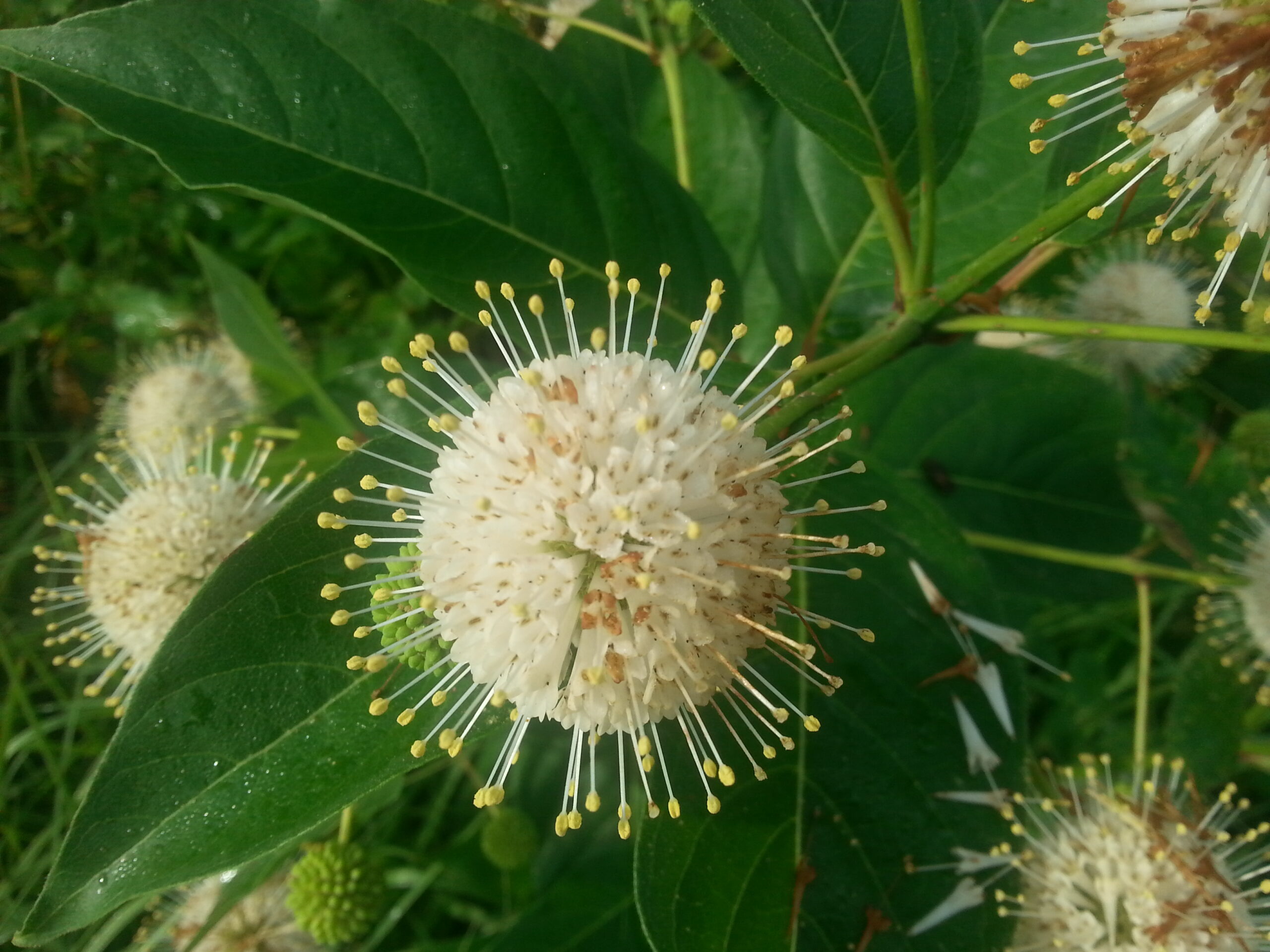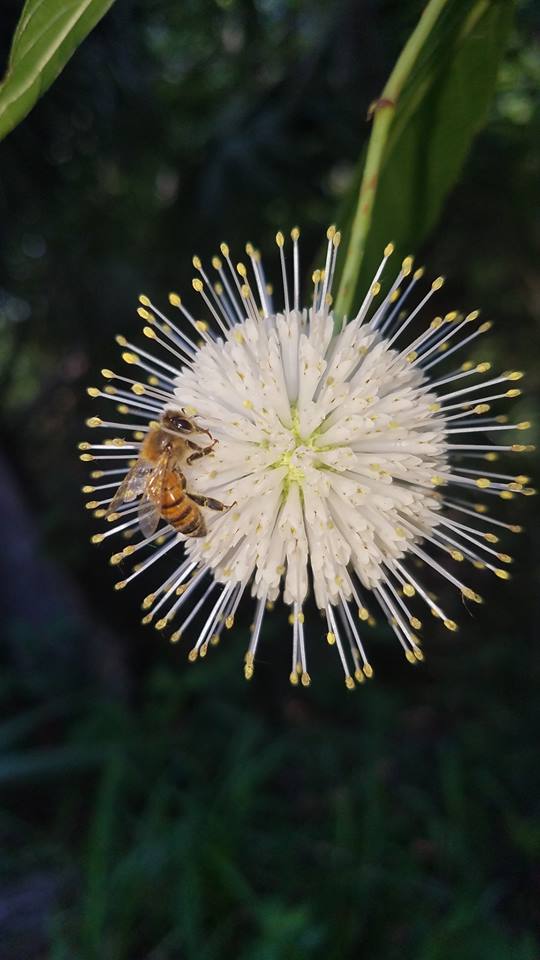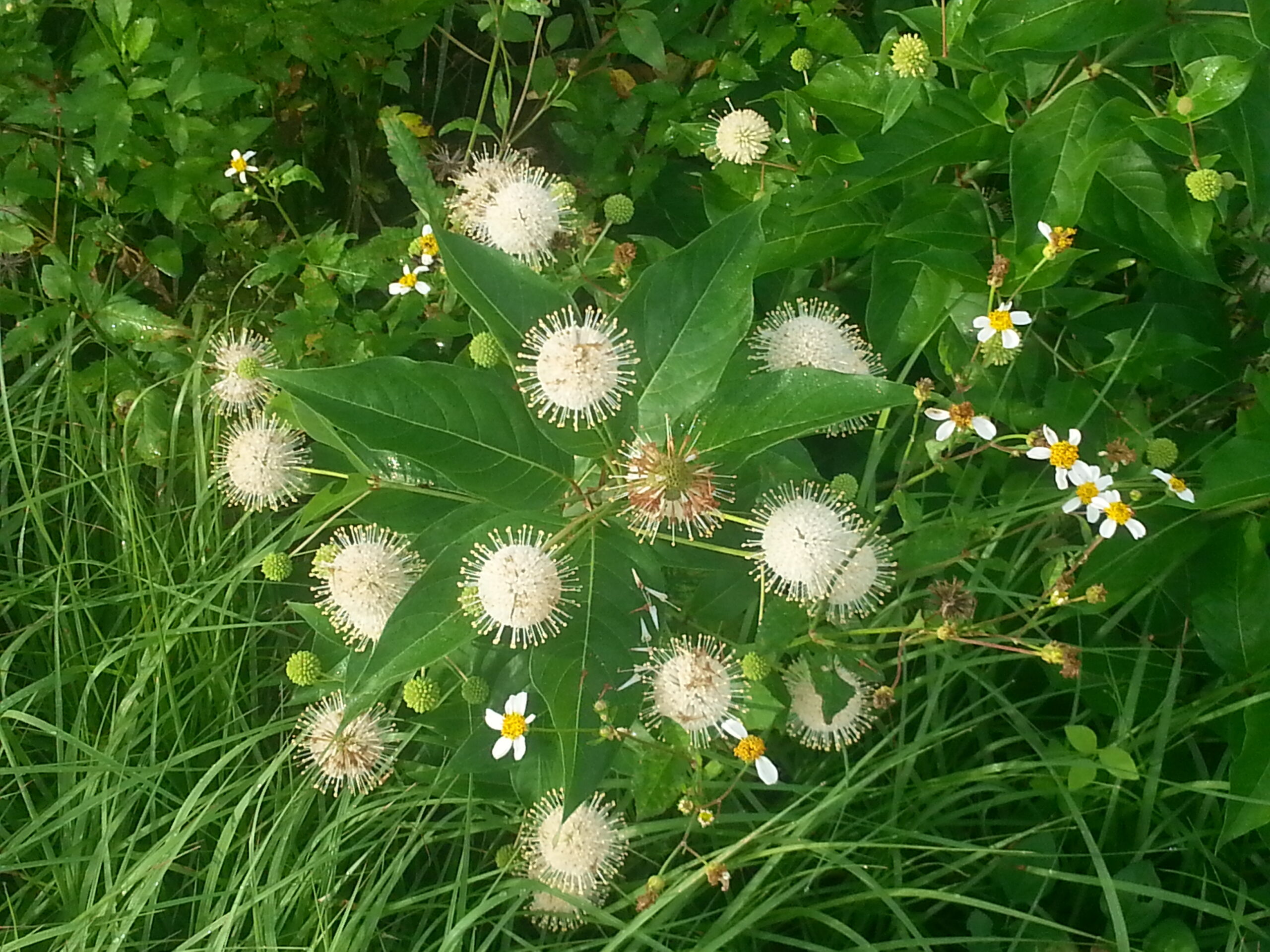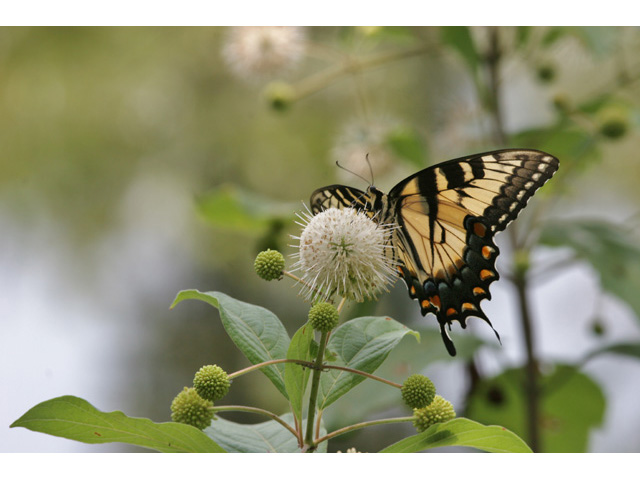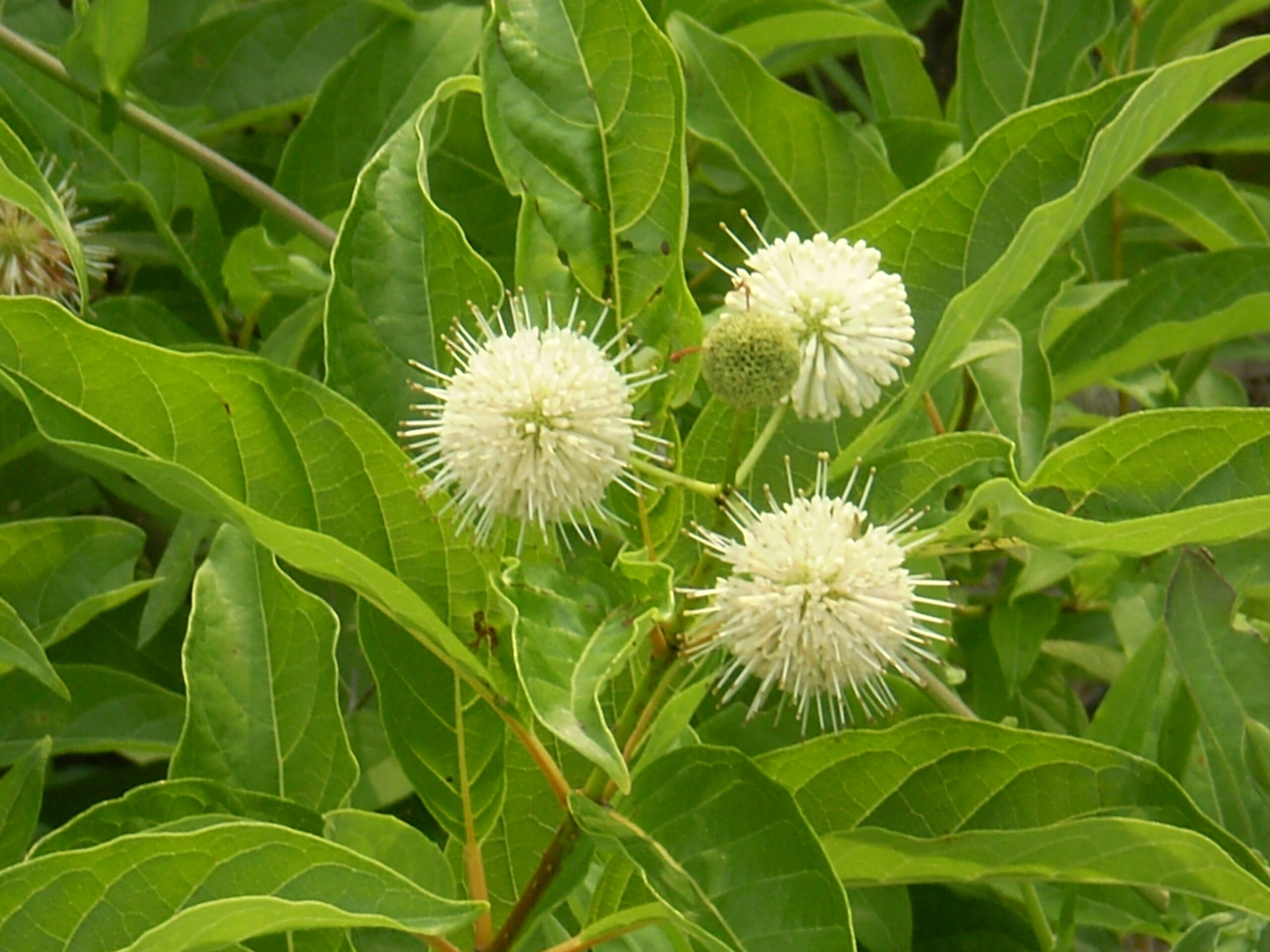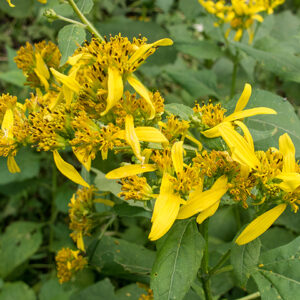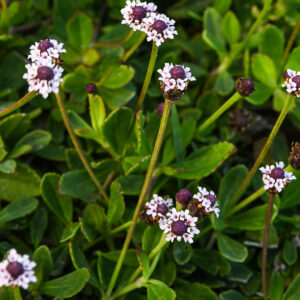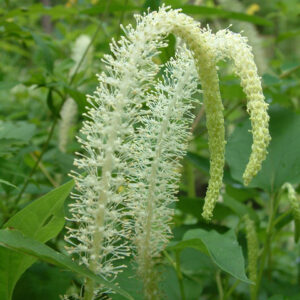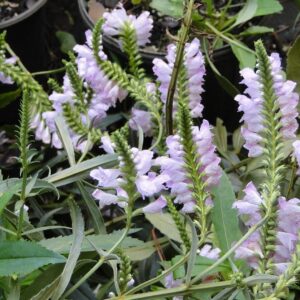Price range: $10.00 through $20.00
6-15 foot tall native deciduous shrub or small tree. Bees and Butterflies are attracted to its white flowers in the summer. Thrives in wet to average soil. Tolerates seasonal flooding. Sun or part-shade. Blooms on new wood, treat as perennial (cut to ground in winter) where space is limited. Propagation Source: native populations: Beaufort Co., SC
Description
6-15 foot tall handsome native deciduous shrub to small tree is covered with white to pale pink blooms from June to September attracting Butterflies, Moths, Bees and Benefical Insects. It is a good honey plant for beekeepers. The Xerces Society ranks them as special value for Honeybees, Beneficial Insects, Native Bees in general and Bumblebees in Particular. Leaves are reddish when they open but turn a glossy green. It is a larval host to three large beautiful moths: Titan Sphinx, Hydrangea Sphinx, and Royal Walnut Moth. Fruit turns red after ripening.Numerous smaller insects feed on the plant, making buttonbushes productive hunting grounds for Mother Birds. Ducks and other waterbirds eat the seeds. It was used medicinally. Thrives in wet to average circumneutral soil. It often grows in water. Sun or part-shade. Since it blooms on new wood, it can be cut to the ground in late winter where space is limited. It is moderately deer resistant. It is native to the following US states and Canadian provinces as well as Mexico, Central America, and Cuba.: USA: AL, AR, AZ, CA, CT, DC, DE, FL, GA, IA, IL, IN, KS, LA, MA, MD, ME, MI, MN, MO, MS, NC, NE, NH, NJ, NY, OH, OK, PA, RI, SC, TN, TX, VA, VT, WI, and WVCanada: NB, NS, ON , PE, QC We propagated our plants from Native Populations in Beaufort County, SC.
.
Additional information
| Size | Qt pot, 3.5" pot, 1 gallon |
|---|

